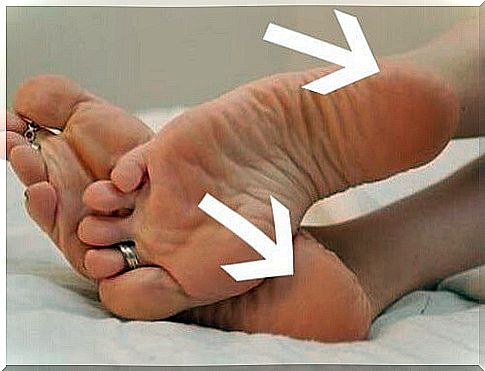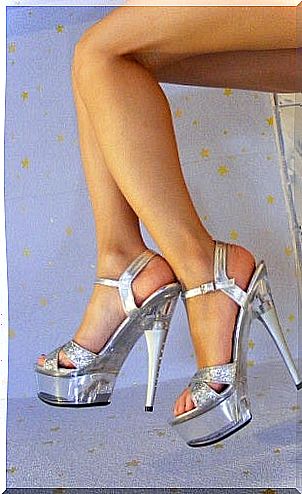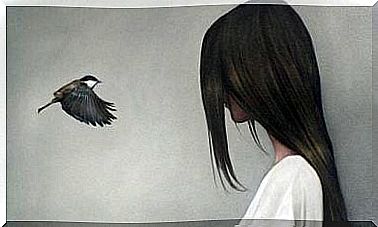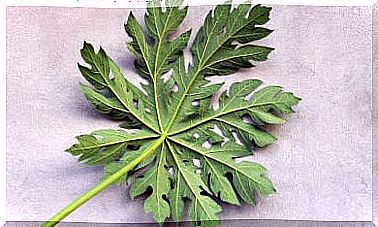Why Do I Have Pain In My Heel?

Pain in the heel is both common and irritating to death. Many will experience it sooner or later. A chasing pain that spreads through the foot and prevents us from moving normally … what could be the cause of this? In this article, we will review some of the most common sources of heel pain.
What is the cause of pain in the heel?
Pain in the heel usually occurs after physical exertion or a minor accident, or it can occur suddenly and for no apparent reason. The heel is the largest of the 26 bones that make up the human foot. The foot is a sophisticated and sensitive body part with more than 100 muscles, tendons and ligaments; it is clear that it is very vulnerable!
When you first get pain, it usually happens either in front of or just behind the heel. If the pain is severe enough, it can be really much in the way when you walk. Below we will get into why you might have a sore heel. But most importantly, it is your doctor who must make the diagnosis.
1. Heel spurs

Heel spurs are, without a doubt, the most common cause of heel pain. But what exactly is a heel spur? A heel spur is a bone growth under the heel. Just a few millimeters of growth is enough to cause tremendous pain. They tend to flare up after excessive strain on muscles and tendons in the foot, stretching the tissue band that connects the heel and forefoot, and rupturing the membrane that covers the heel and bone. How can this happen? In case of falls, if you are wearing shoes that do not sit well on the foot, run in the wrong way or if you are overweight.
2. Plantar Fasciitis
If the pain also includes the sole of the foot, you are likely to suffer from plantar fasciitis. This disease occurs when the fibrous connective tissue (fascia) becomes inflamed. Inflammation can be caused by congestion; if you have walked or run too much, or if you have worn bad shoes over a long period of time.
Plantar fasciitis occurs when the soft fibrous tissue of the sole of the foot becomes overloaded or torn. It is important to keep in mind that heel spurs are also often associated with this condition.
When you suffer from plantar fasciitis, it only provides temporary relief if you rest. The pain will return every time the heel is moved. It is important to consult a doctor and follow the doctor’s recommendations and guidelines. If you want to do something about the pain yourself, then an ice pack is always a good idea. You can also massage the heel with rosemary oil, which helps reduce inflammation. You can also try taping the heel in or rolling the foot back and forth over a frozen water bottle.
3. Overpronation

Overpronation does not sound like much. It happens when we go wrong. As you walk, the heel hits the ground first, and the weight moves across the outside of the foot to the big toe. When we roll the foot, ie. stretching the arch of the foot, too much, it creates an abnormal load on the tendons and ligaments connected to the bottom of the heel. This type of injury, if left untreated, can have negative consequences for the knees and hips. If we do not pay attention to how we walk, an imbalance can affect our entire skeleton. Strange, but true.
4. Other causes of heel pain

- Rheumatoid arthritis and other forms of arthritis : a common and painful condition in which the joints of the heel are often affected by arthritis.
- Arthritis : Excess uric acid in the body can not only cause inflammation in the big toe but also in the heel.
- Bursitis : You’re guaranteed to have heard of bursitis: It’s the same principle as with a heel spur, but in this case it’s a nerve that grows abnormally and limits your mobility.
- Haglund’s heel : Is also very common. The reason? If you have been wearing high heels too often. It is a growth on the back of the heel bone, right on the Achilles tendon. It’s very painful.
- Inflammation of the Achilles tendon : if you live an active life, or do a lot of sports, you are guaranteed to have heard of this type of injury. The inflammation is also called tendinitis, and comes when the tendon becomes overworked.
- Damage to the bone : For example, if the foot is hit, if you fall, or if you accidentally hit something with the foot. There should be no doubt about what the first thing you need to do is; Cool the area with ice and go to your doctor!









